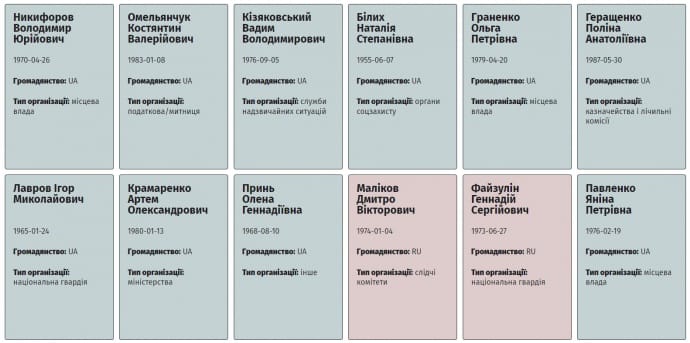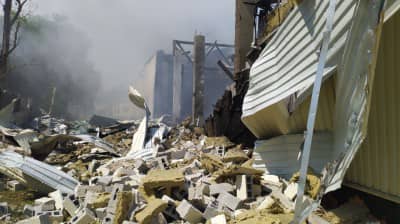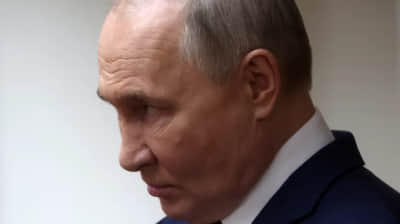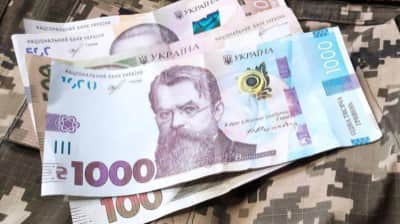Journalists identify 1,579 Ukrainians who became collaborators
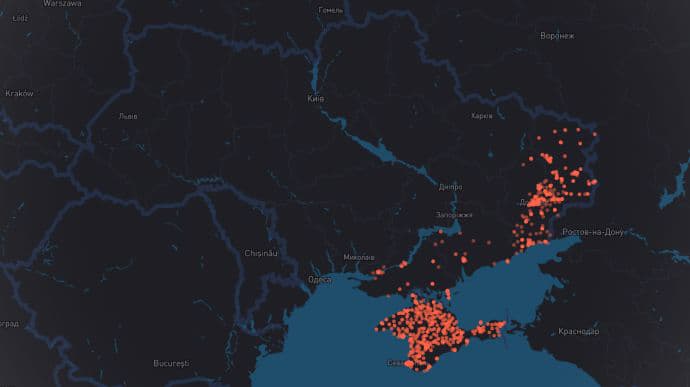
NGL.media has identified 1,816 representatives of the occupation authorities, nearly 87% of whom are Ukrainian collaborators.
Source: NGL.media
Details: On 5 October 2022, Russian President Vladimir Putin signed documents on the accession of four Ukrainian oblasts – Donetsk, Luhansk, Zaporizhzhia and Kherson – into Russia. Since then, information about the occupation authorities has been appearing on Russia's Unified State Register of Legal Entities.
Based on this data, NGL.media was able to identify a total of 1,816 representatives of the occupation authorities – from the police and the court system to schools and utilities.
The vast majority of them – 1,579 people, or almost 87% – turned out to be collaborators: Ukrainian citizens who joined the Russians and were put in charge of certain institutions, sometimes several at once.
The investigative journalists have compiled lists of names that can be sorted by oblast or type of institution and authority, as well as a map of collaborators. The database is searchable too.
Key positions in the FSB and the Investigative Committee of the Russian Federation in the occupied territories are held by Russians, who also prevail in military units and military enlistment offices (over 80%). However, Ukrainian collaborators tend to be in charge of police departments (87%), penal colonies, prisons and detention centres (80%).
The journalists found only two military units in Crimea led by former Ukrainian citizens (Mykhailo Shcherbak and Serhii Maksymenko). In addition, Yevhen Kucherenko, a native of the city of Khartsyzk, was appointed military commissar of the so-called Donetsk People’s Republic (a self-proclaimed and non-recognised quasi-state formation in Donetsk Oblast – ed.), and Vadym Shuryhin, a collaborator from Crimea, was appointed head of the Kherson military enlistment office.
Russians make up 75% of the leadership of the prosecutor's office. The only exceptions are the so-called Prosecutor's Office of the Donetsk People's Republic and the former General Prosecutor's Office of the Donetsk People's Republic, which is currently disbanded. The first is headed by Andrii Spivak, a former employee of the Office of the Prosecutor General of Ukraine who became the "DPR's prosecutor general" before the official annexation, and the second by former Ukrainian prosecutor Maksym Simenko.
Russians also preside over 64% of courts and judicial departments in the occupied territories.
Despite their distrust of the locals, the Russians cannot fill all the leadership positions with their fellow citizens, and so 87% of the nearly 2,000 heads of various institutions in the occupied territories are Ukrainians.
All of them have consciously cooperated with the Russians and become collaborators in order to get or keep their desired positions.
A typical example is the unlikely career path of 34-year-old Yevheniia Kuzmenko from Kherson Oblast, who went from being a massage specialist in Kherson to heading the Novotroitske Military Administration. Her father, Mykola Kuzmenko, is an archpriest in the local diocese of the Ukrainian Orthodox Church of the Moscow Patriarchate who made no secret of his pro-Russian views even before the full-scale war began.
In total, Ukrainian citizens head up more than 1,000 occupation municipal bodies – their share there is almost 95%. Local Kremlin-appointed puppet leaders have included former village and district heads, council members and officials, as well as people who previously had no influence in their local communities, such as massage specialists, taxi drivers, moonshine traders or former convicts.
There are many Ukrainians in the education sector. In schools and kindergartens in the occupied territories, it is mainly former Ukrainian teachers who are teaching children to love Russia. And their salaries are being paid by the same employees in education departments and offices as before the occupation.
The top three categories of "state institutions'' where local supporters of the occupiers statistically prevail are mainly the social sector or bodies with rather narrow powers. For instance, collaborators run absolutely all the land resource committees of the so-called Donetsk People’s Republic.
The second largest sector in terms of the number of collaborators are the various so-called Cossack organisations in occupied Crimea. Of the 44 legal entities currently operating, 43 are run by former holders of Ukrainian passports. Formally, Cossack organisations are associations of citizens, not state authorities, but they still have the authority to protect public order, protect state and municipal facilities, and provide military training for their members.
Ukrainska Pravda is the place where you will find the most up-to-date information about everything related to the war in Ukraine. Follow us on Twitter, support us, or become our patron!


